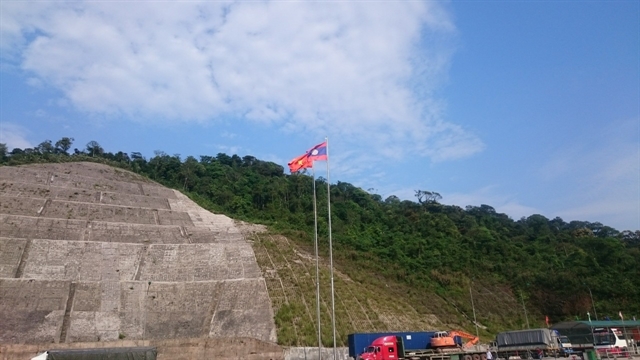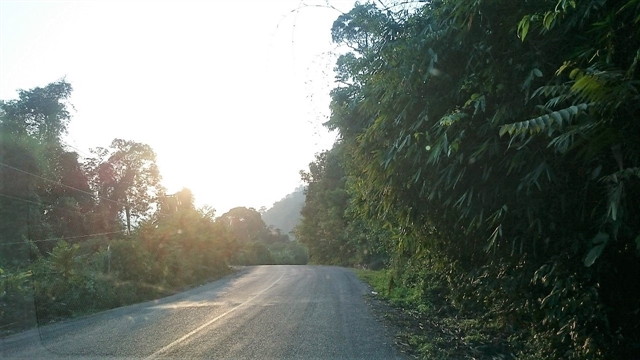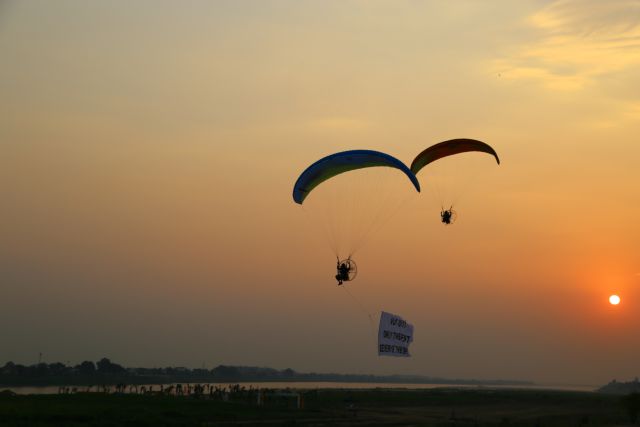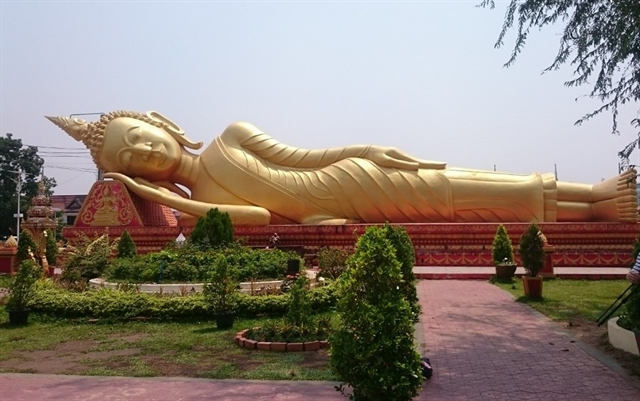[ad_1]
By Hồng Minh
If you are already fed up with waiting hours at airports or sick to the back teeth of overcrowded night buses, then maybe you next choice of travel transport should be a good, old fashioned, road-trip.
Pack up the car, get a great playlist ready for the stereo, and take a trip crossing the borders of Indochina, seeing the amazing sights of Việt Nam, Laos and Cambodia.
One of the advantages is you are in charge. You stop when you want to stop, drive at whatever pace suits your needs, and whenever you round a corner and see yet another breath-taking photo opportunity, there is no one there to stop you pulling over and snapping away.
Preparations needed include a “passport” for your car to cross the border gates.
This Việt Nam-Laos-Cambodia Cross-border Transport Permit can be applied for at your local Department of Transport about three working days before you hit the road. It is free.
There are different border gates between Việt Nam and Laos that you can pick depending on your first destination, Vientiane or Luang Prabang.
After working out times, road situation and safety, we opted for the Hồ Chí Minh Road to the central province of Hà Tĩnh’s Hương Sơn to cross Cầu Treo-Nam Phao Border Gate for the capital Vientiane first. There is another option of taking National Highway 1 instead, which is more convenient and shorter than Hồ Chí Minh Road but will cost you a few hundreds of thousands đồng for toll.
We were in no hurry, so we took the more economical route.
It took about an hour to fulfil all customs procedures at the border gates then it was time to hit the Laos open road.
Driving here is made easy thanks to Google Maps, or other offline apps. On the 334-km road from Laksao to Vientiane, we went through 120km of Highway 8 and 214km of Highway 13.
We had heard about the ‘silence of the traffic’ in Vientiane, but it was not until we saw it with our own eyes and of course heard very little with our own ears, that we realised it was true.
No more constant tooting of horns and no longer are we blinded by the bright headlights in front of us. It was clear we were in Việt Nam no more.
Granted in the capital city, the traffic became a little bit busier with bulky pick-ups filling the roads although it is difficult to complain too much as these clearly served a purpose. The streets in Vientiane may be narrow, but the traffic flow is very orderly as cars rarely encroach in the path of motorbikes.
The point of travelling by personal car, besides being cost effective, is also convenience, especially in Vientiane. A friend of mine who works for the Mekong River Commission Office there said it is difficult to call taxi as they do not have a modern communications system.
Also addresses are not clear, but thankfully our destinations were easy to locate using map apps. Tap in the address and bingo, a route is quickly planned out.
And once there, get ready to be amazed because there is so much to see.
Relics are normally temples and pagodas, one of the most famous being Wat Si Muang with a statue of King Sisavang Vong in front of, Wat Si Saket with thousands of Buddhist statues. In Haw Phra Kaew you will find old copper statues, and of course Laos’ symbol Pha That Luang with a gold-covered large Buddhist stupa.
When the sun sets there’s no better place to be than strolling along the Mekong where we enjoyed the riverside night market and the Arc de Triomphe gate in Vientiane’s central square.
If you visit, these places are an absolute must.
But let’s face facts here, when visiting places you have never been aside from the sights and sounds, it really is the people that make the difference.
And in Vientiane, Lao people were friendly to the max and all ready to greet us with a “Nop” with their hands together in a praying gesture and a smile of “Sabaidee” (Hello).
We were glad we arrived, and glad we were welcomed so warmly. Our first impressions of Laos after experiencing Vientaine? Lovely, and we can’t wait to get back on the open road and experience everything else on offer. — VNS
To be continued next week.
Part 2: Discovering Laos along NH13 and heading to Cambodia






[ad_2]
Source link